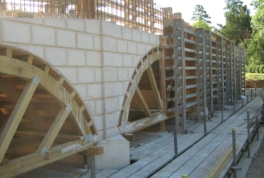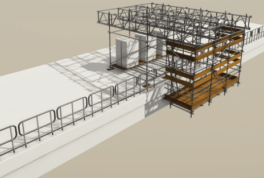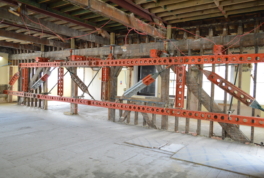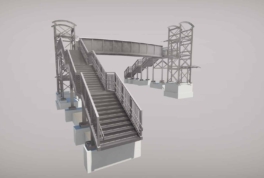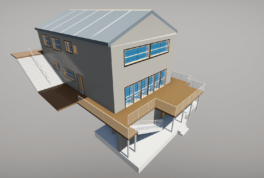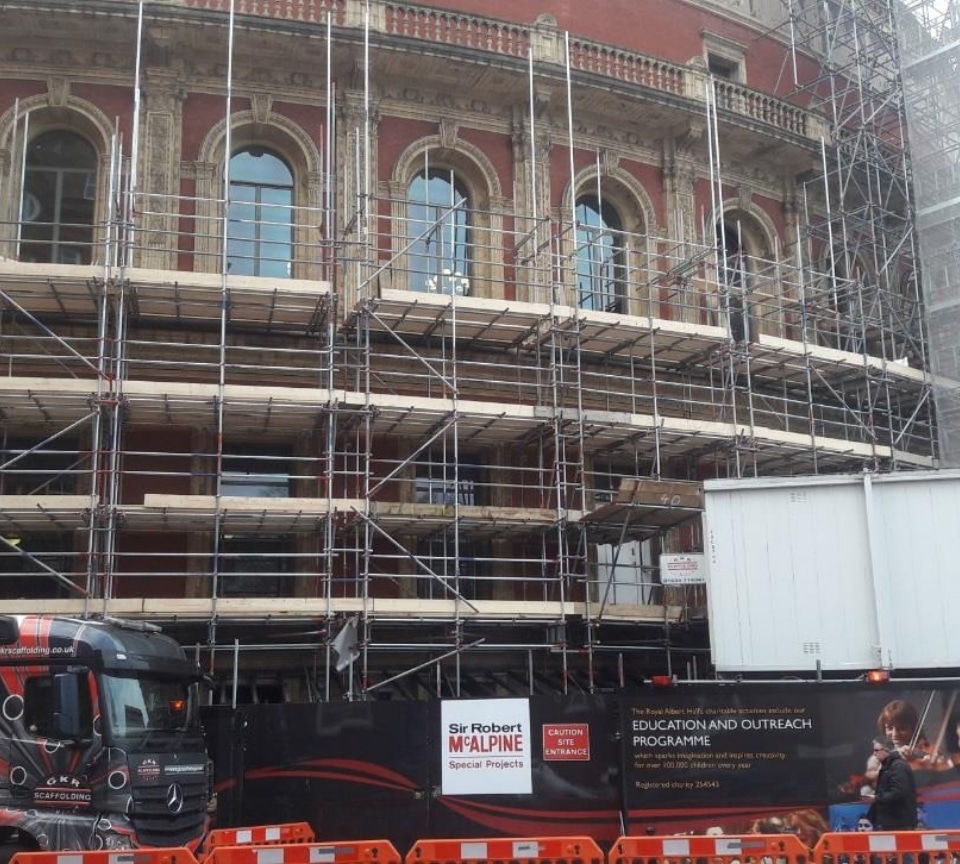How Do Ties Work?
How do ties work?
Everybody knows how to stabilise a scaffold; it should be tied to the adjacent building as the scaffold is erected. Depending on several factors such as geographic location, netting, sheeting height and load, we determine in the design process what tie pattern to adopt and the frequency of ties.
But is this all ties do, and how do they actually work?
Ties are generally misunderstood, and undertake more than one function. Most people and scaffolders recognise that ties prevent the scaffold pulling away from the building, but this is not their only function. In addition to this, they stabilise the scaffold from swaying parallel to the building and also allow the scaffold to be higher or carry more load depending on the frequency and pattern adopted.
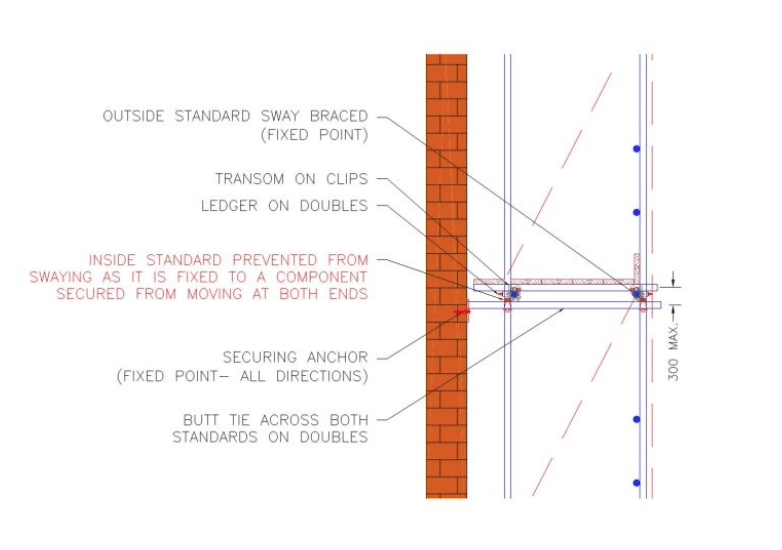
TG20:08 Cl 5.6 states ties should always be across both standards (unless otherwise designed) – this is one of the most common defects on inspected scaffolds. The reason for this is illustrated above. By installing the correct sway bracing, the outside line is prevented from moving parallel to the building. By securing the tie tube to the building façade and the outside line, we now have a tube which is prevented from movement at both ends. When the inside line is now secured to this tube (with doubles) the inside line is also prevented from moving parallel to the building. This is why inside lines are not sway-braced!
It is now clear why the absence of ties or fixing only to the inside line (a scaffolder’s favourite!) creates instability in the inside line. Under designed circumstances, this can be overcome with the installation of inside line sway bracing, plan bracing or V-ties.
Also within this section is an innocuous statement regarding sloping tie tubes – this one is less obvious! Due to the arc of rotation, when the scaffold pulls away from the building a downward-sloping tube must move upwards to become horizontal – against gravity and the self-weight of the structure. When it is sloping upwards, its rotation is now downwards when the scaffold moves away. The tie tube moves downward and the scaffold outwards as the nodes tend to the horizontal – resulting in much less resistance offered by this mechanism.
Any information presented on this website is the property of IDH and is offered as guidance only. It should only be used by competent designers.
Read more Technical Guidelines.
